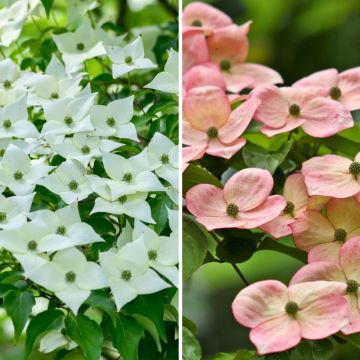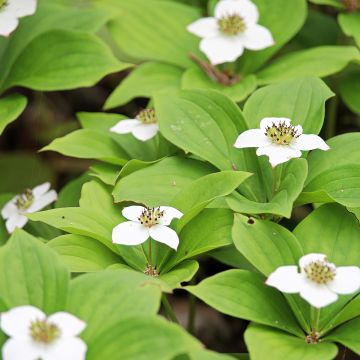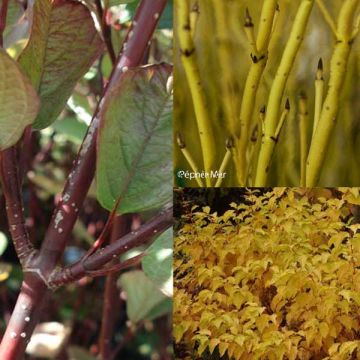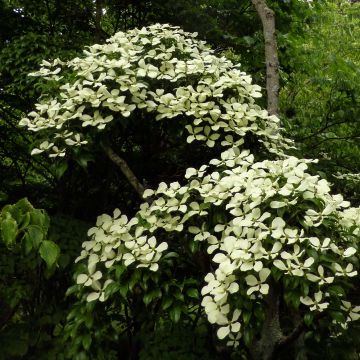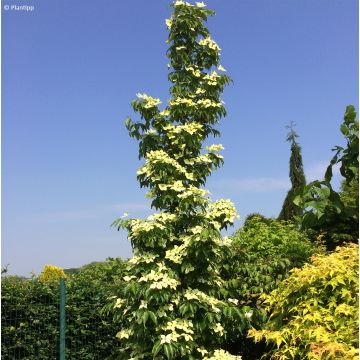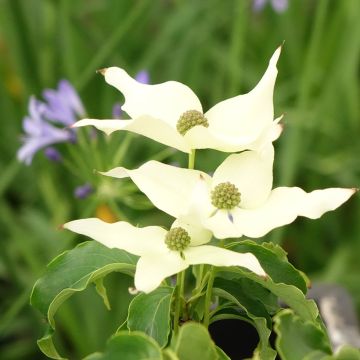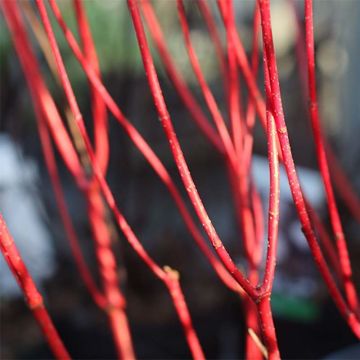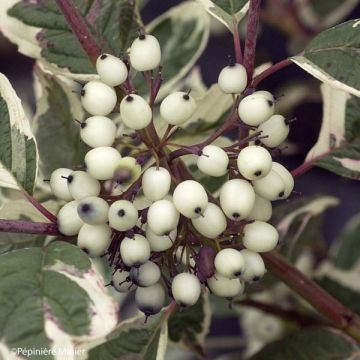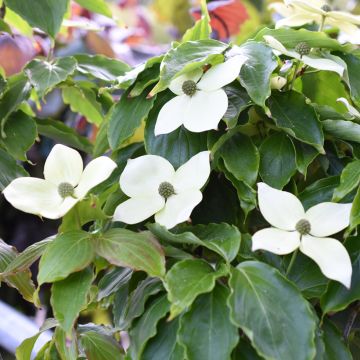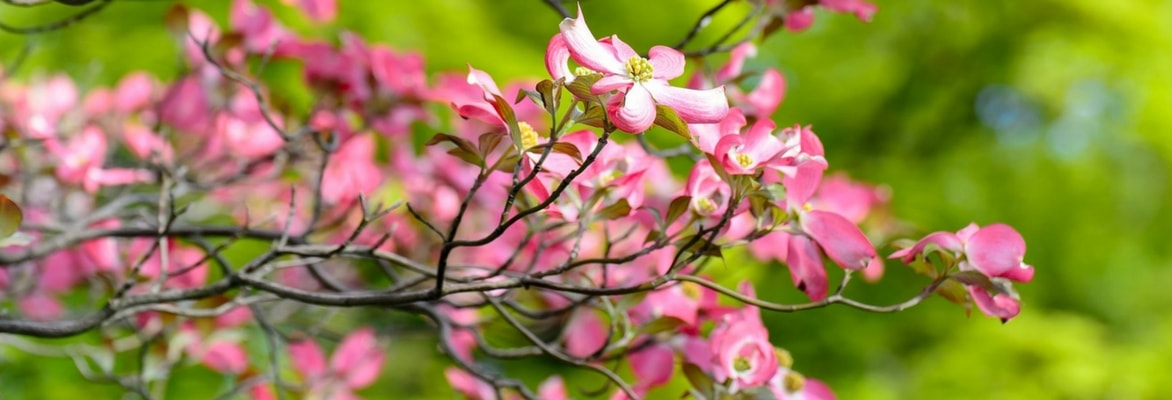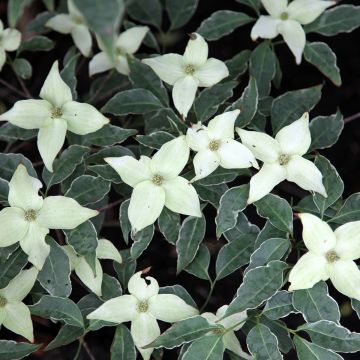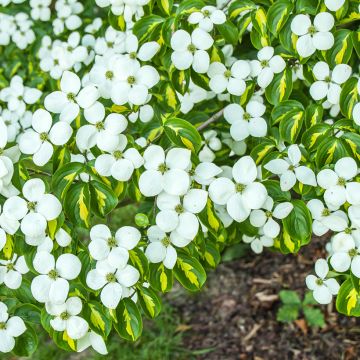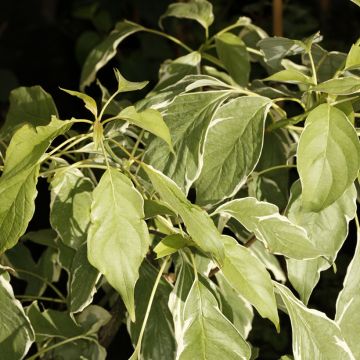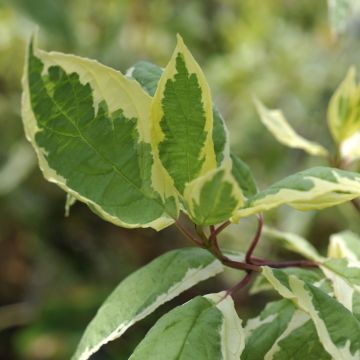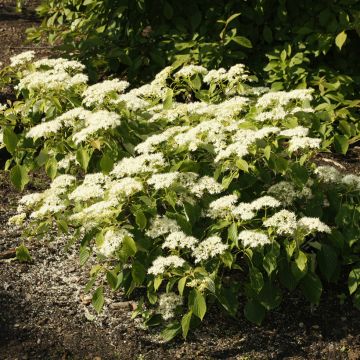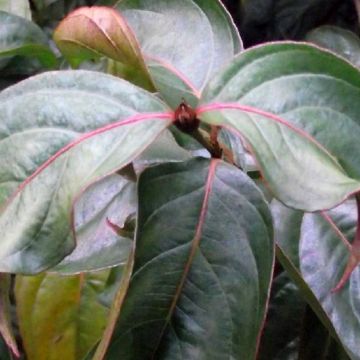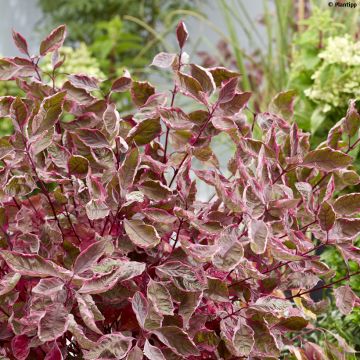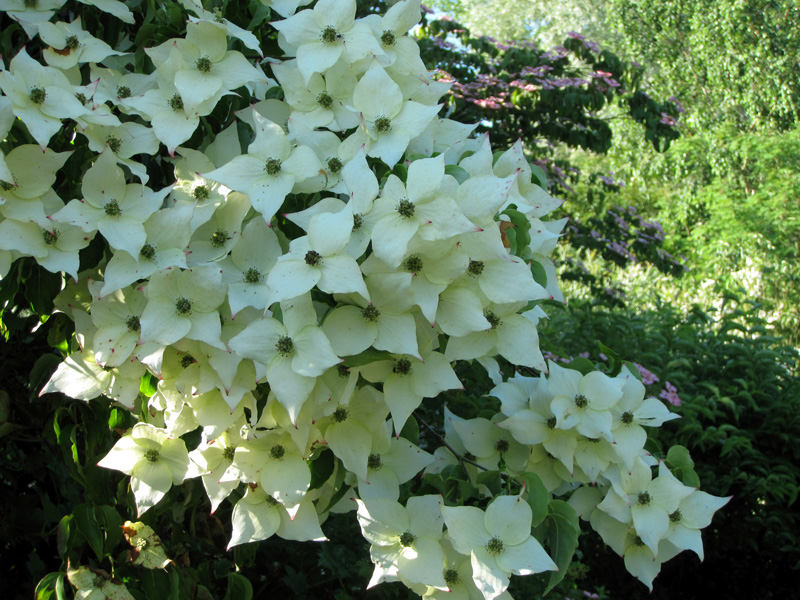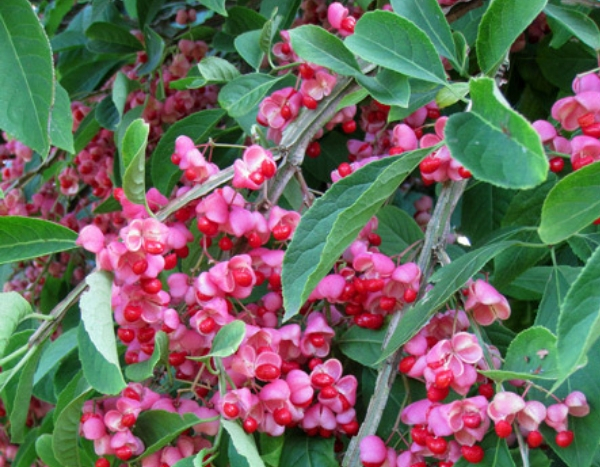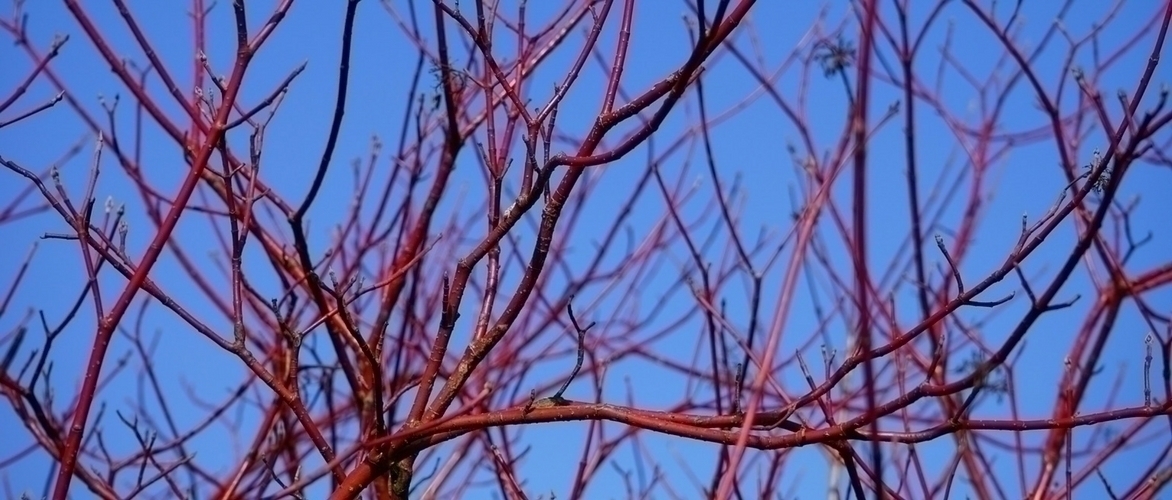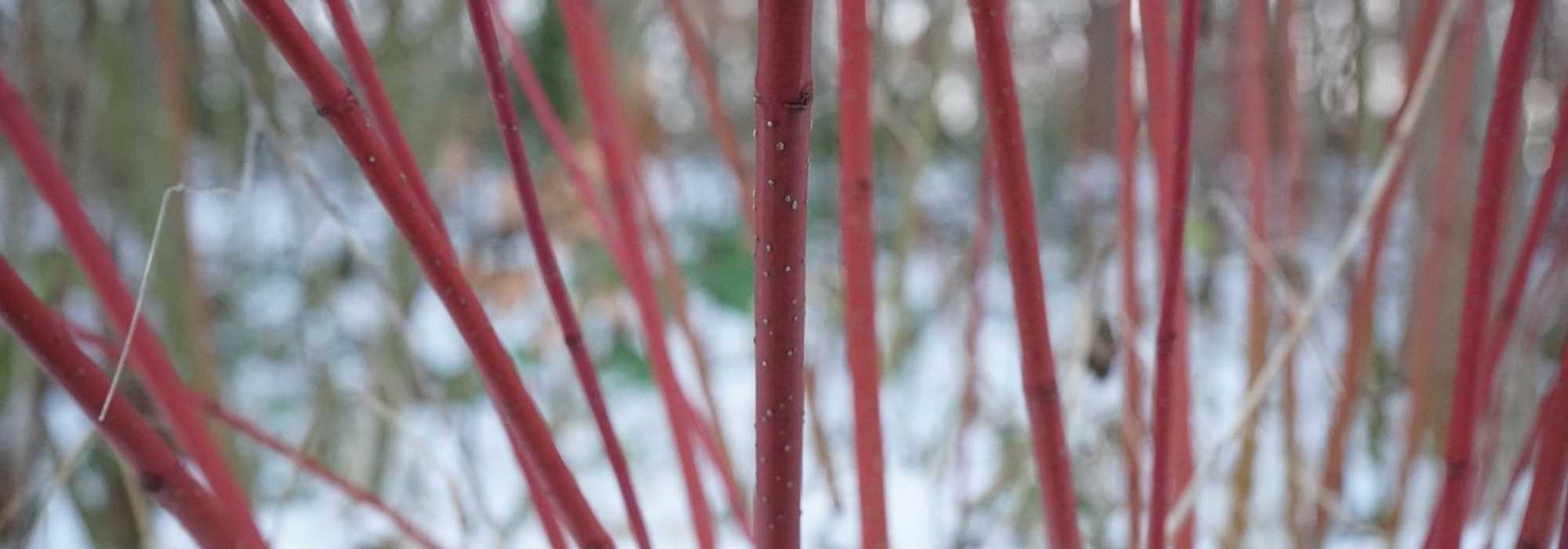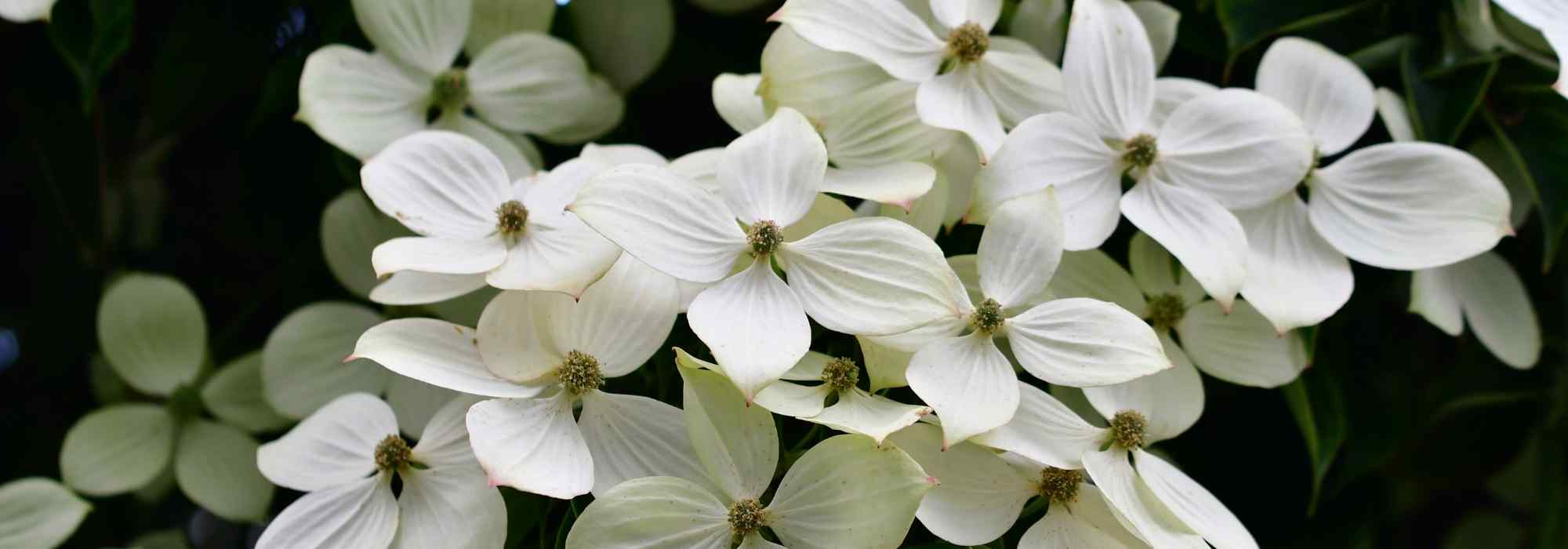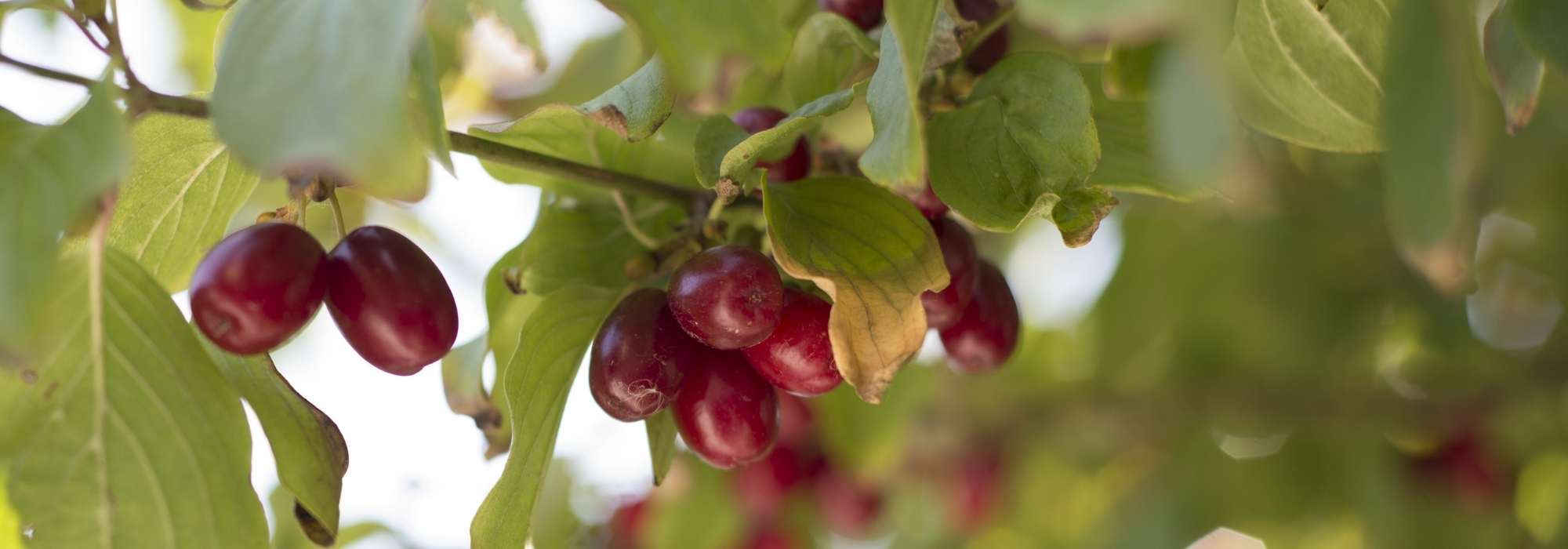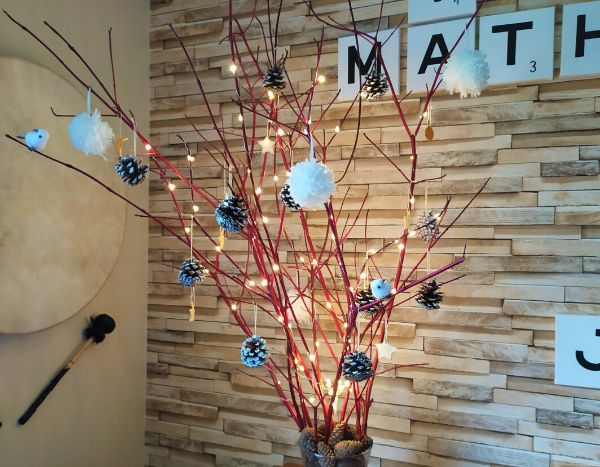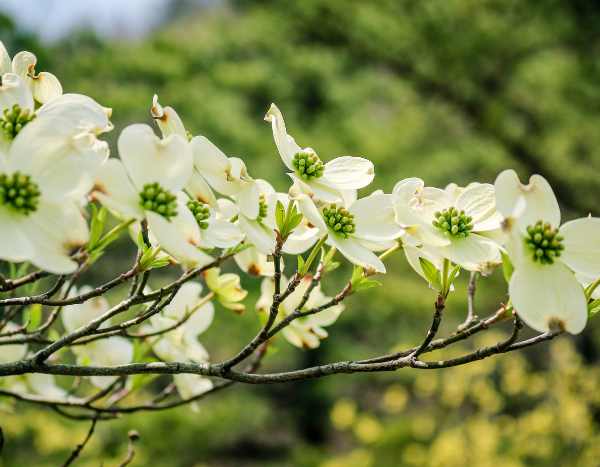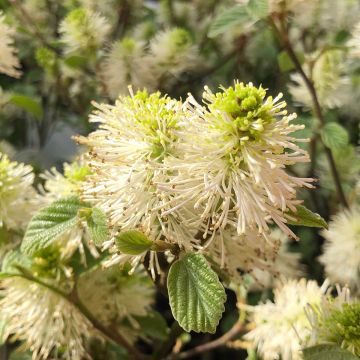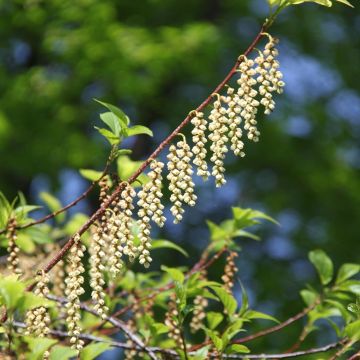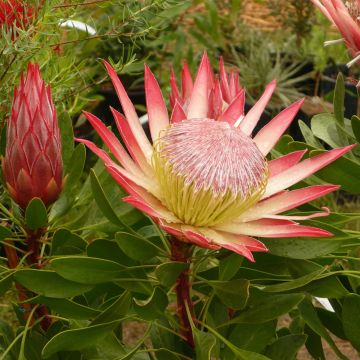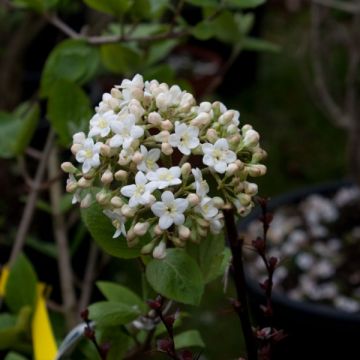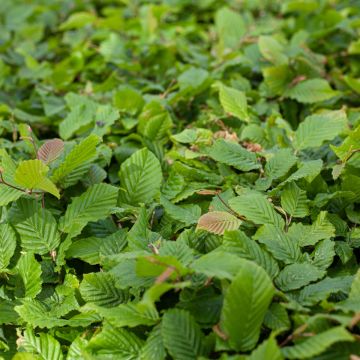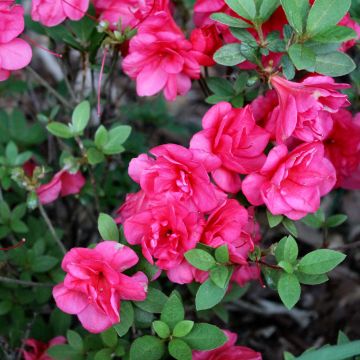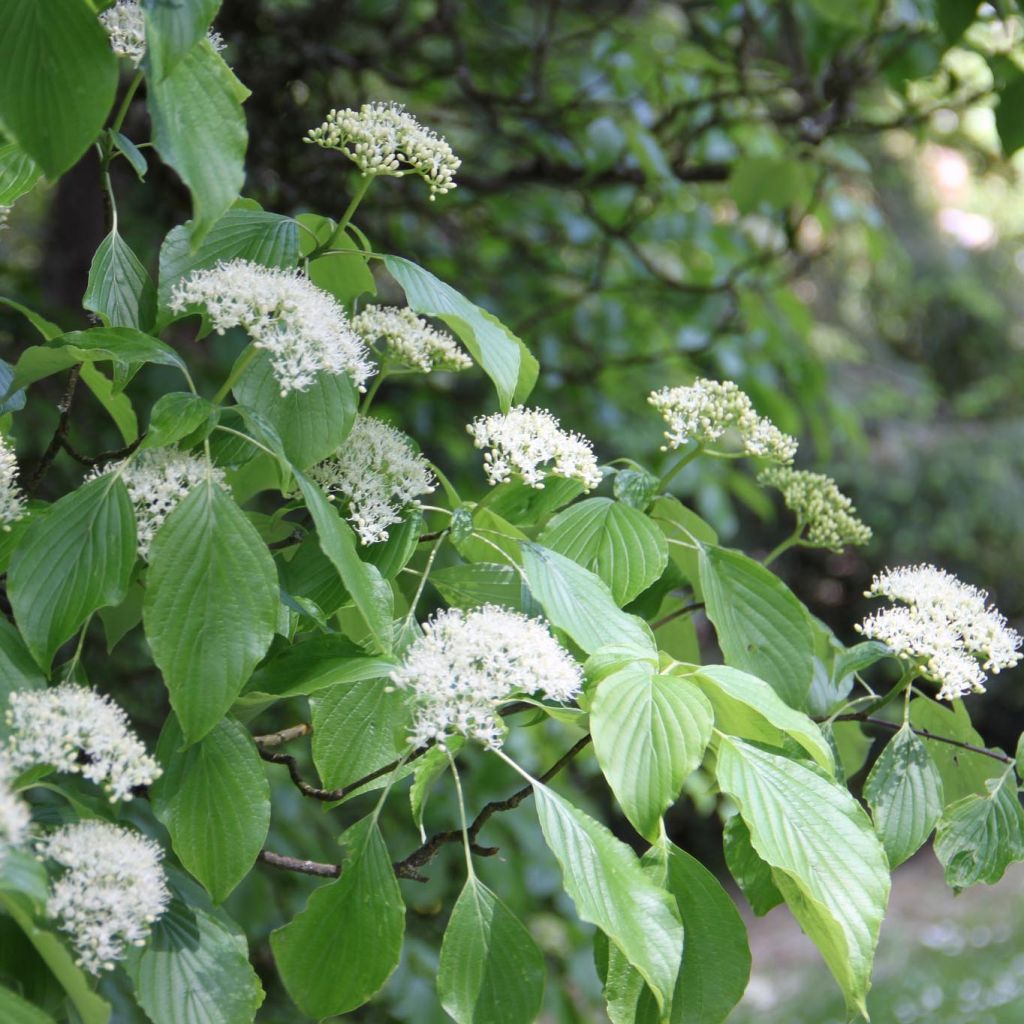

Cornus alternifolia - Pagoda Dogwood


Cornus alternifolia - Pagoda Dogwood
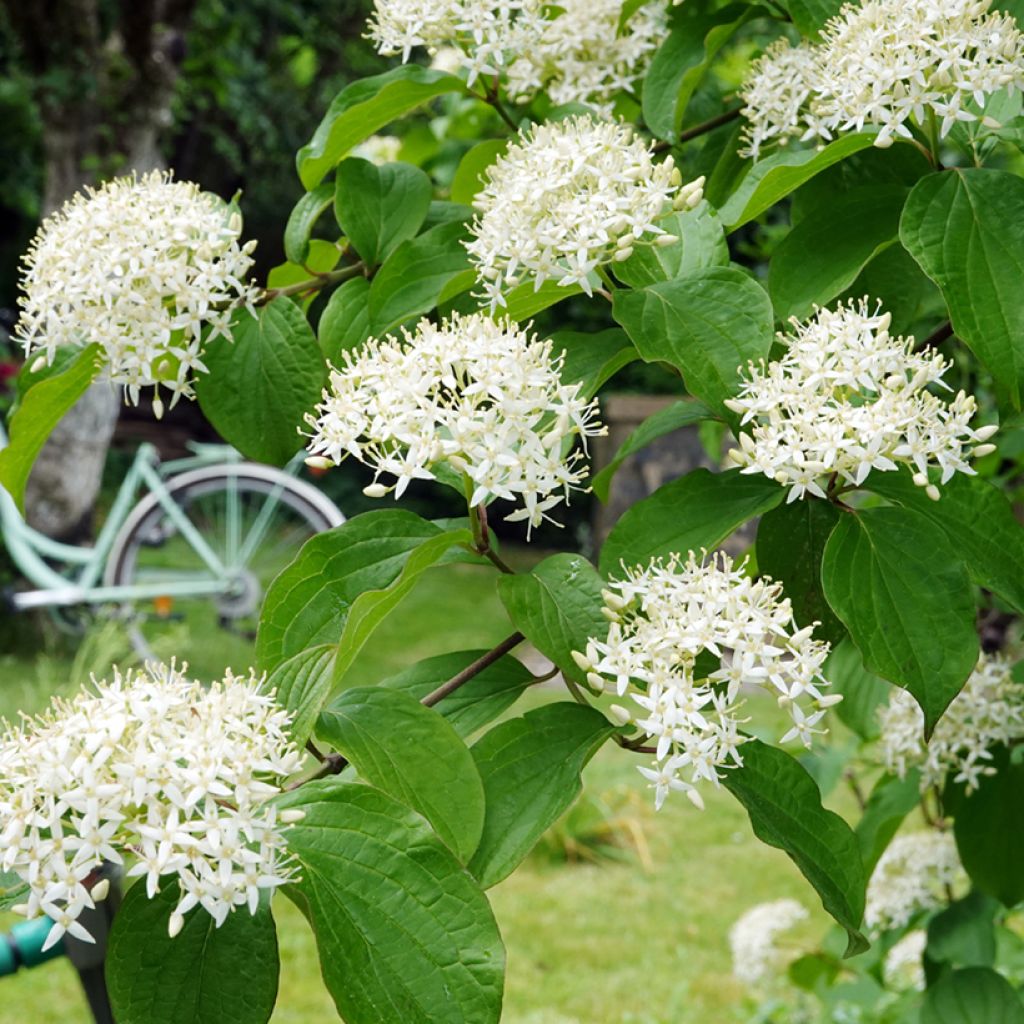

Cornus alternifolia - Pagoda Dogwood
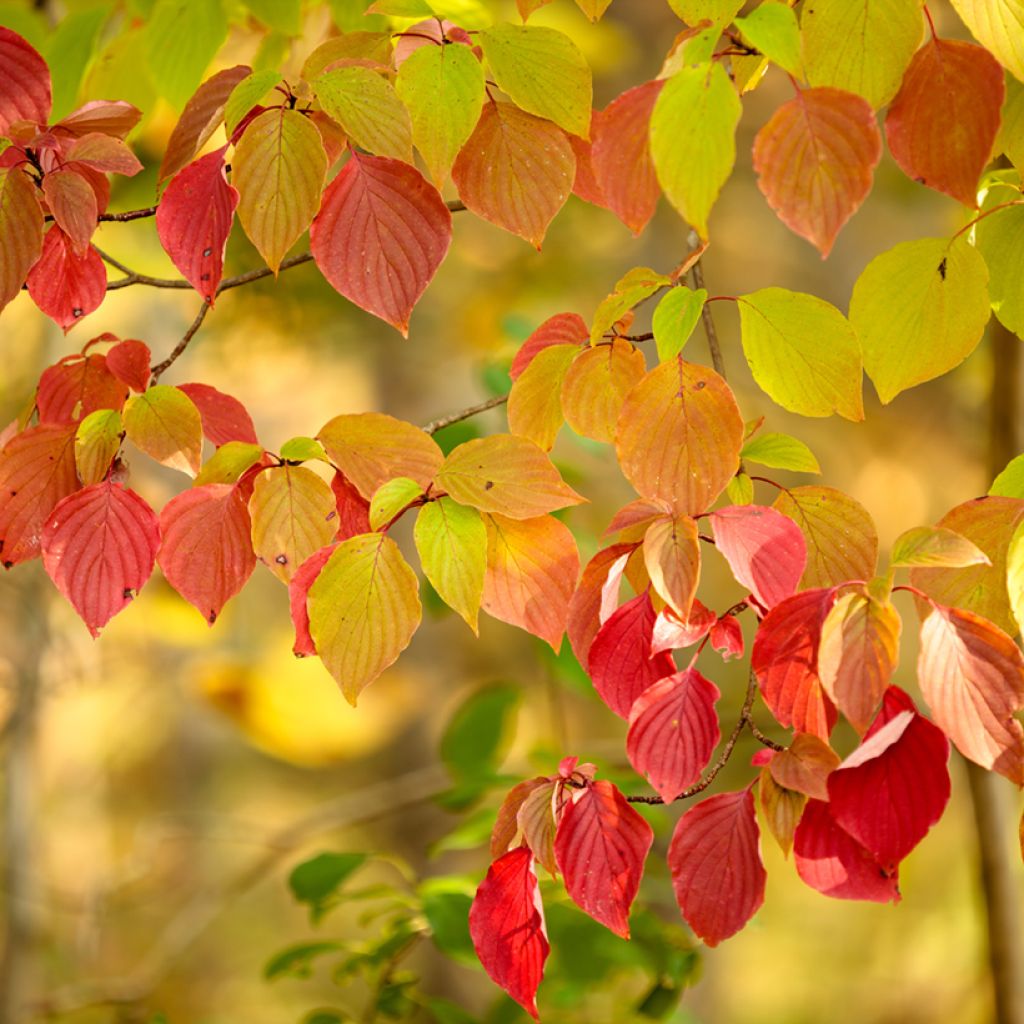

Cornus alternifolia - Pagoda Dogwood
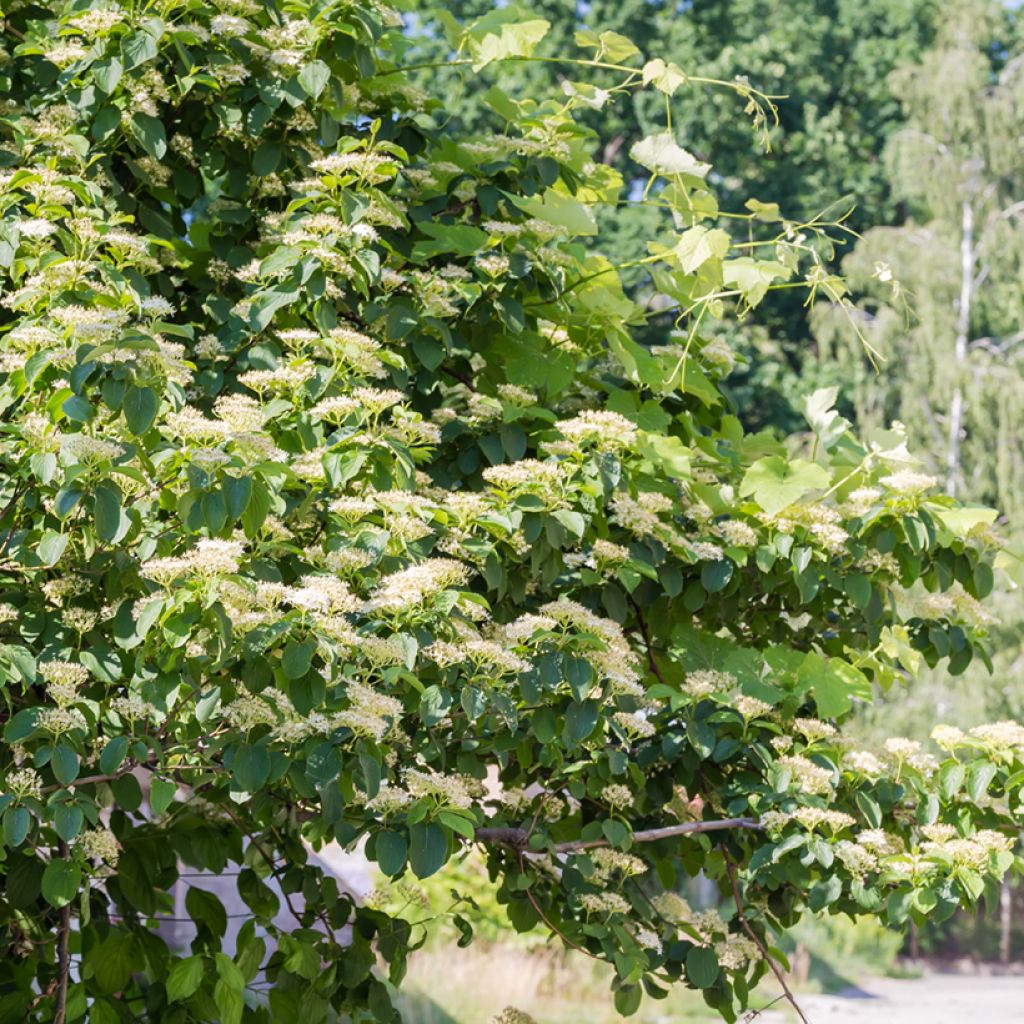

Cornus alternifolia - Pagoda Dogwood
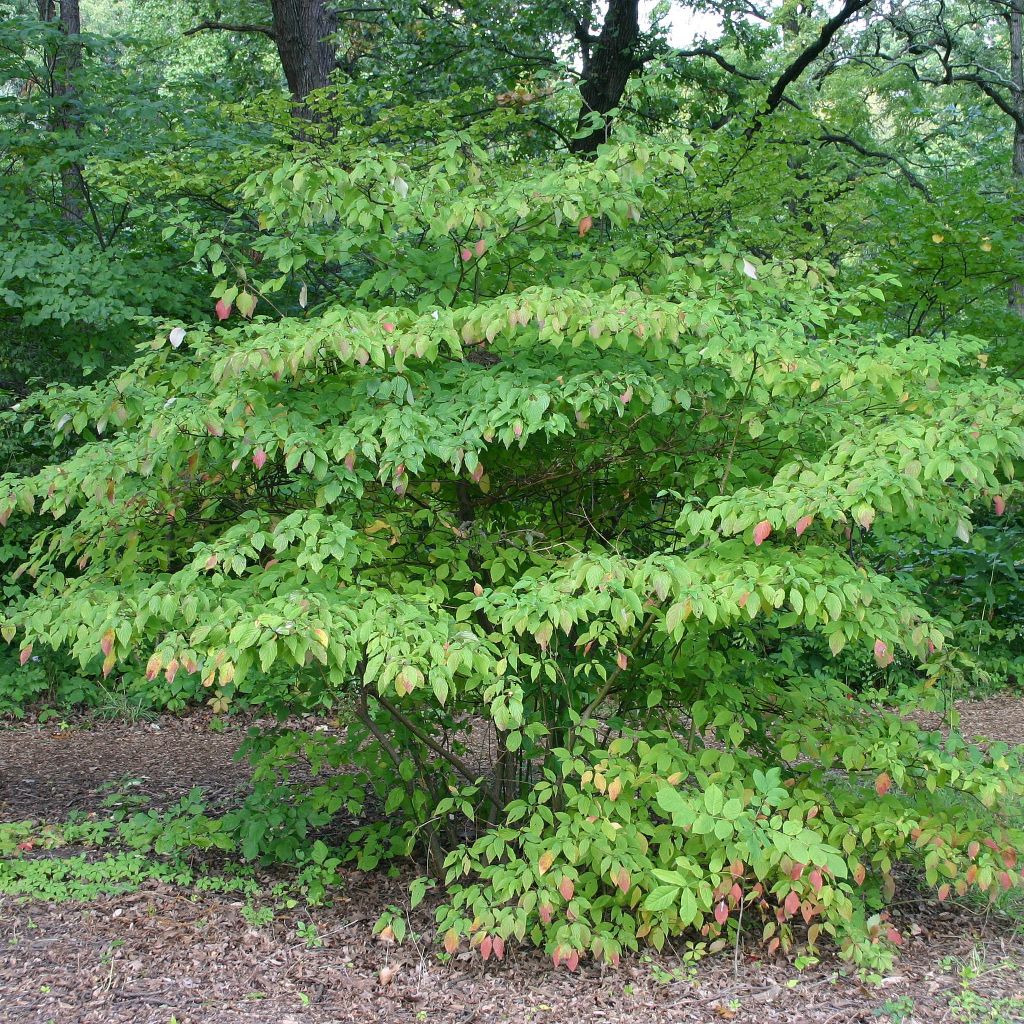

Cornus alternifolia - Pagoda Dogwood
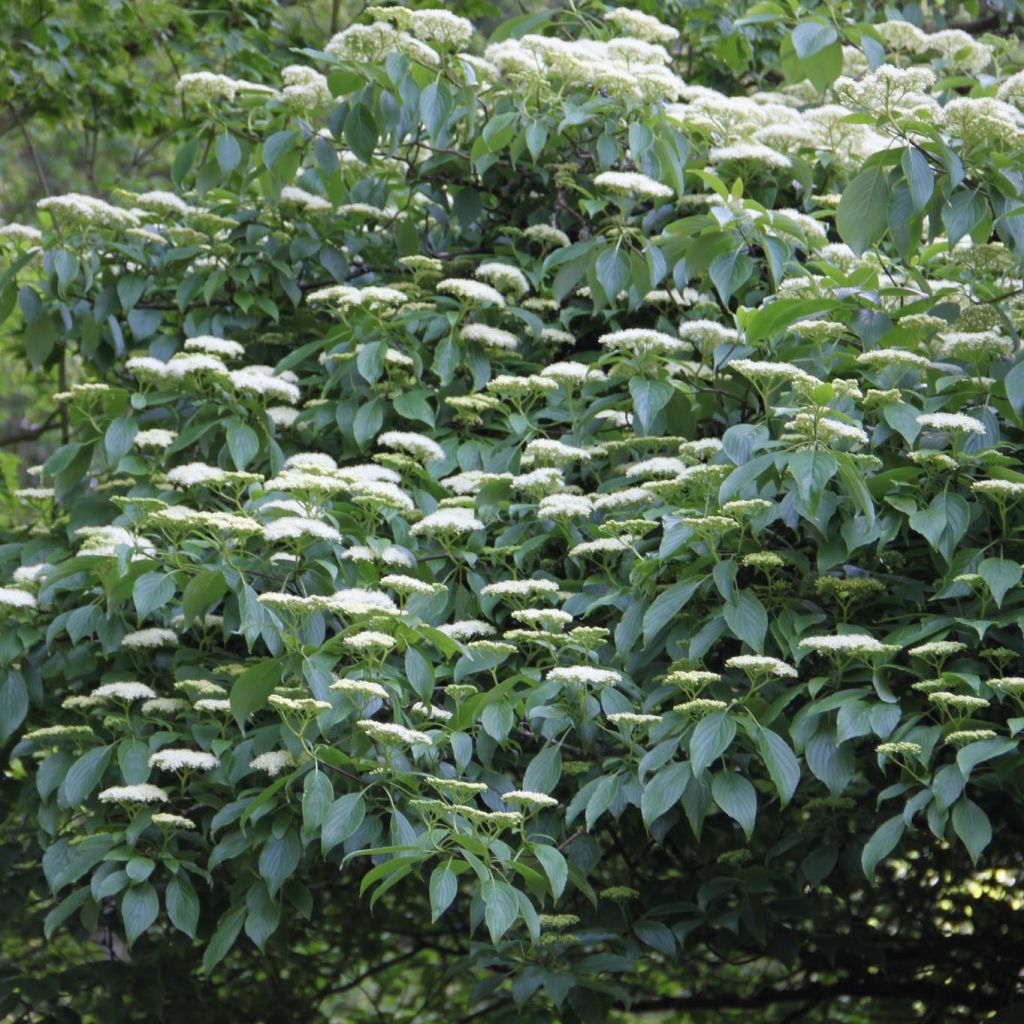

Cornus alternifolia - Pagoda Dogwood
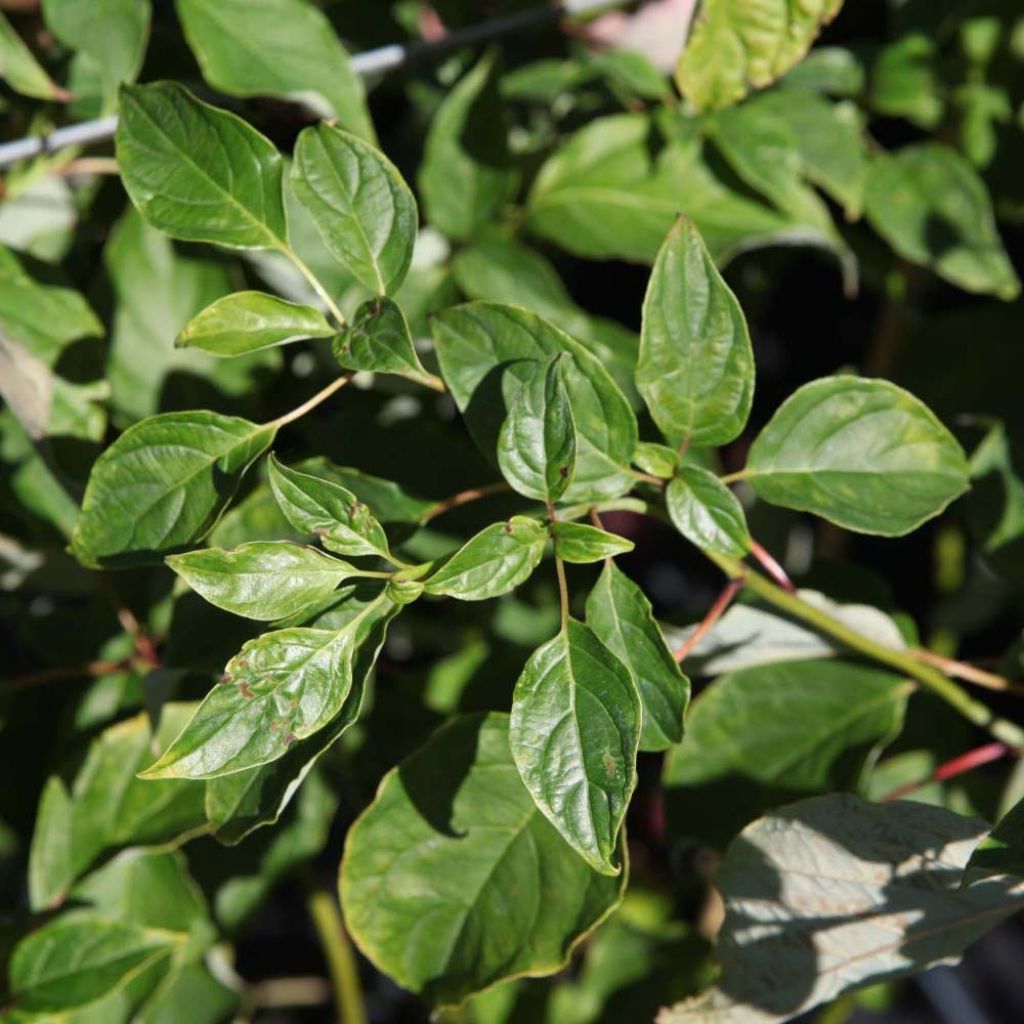

Cornus alternifolia - Pagoda Dogwood
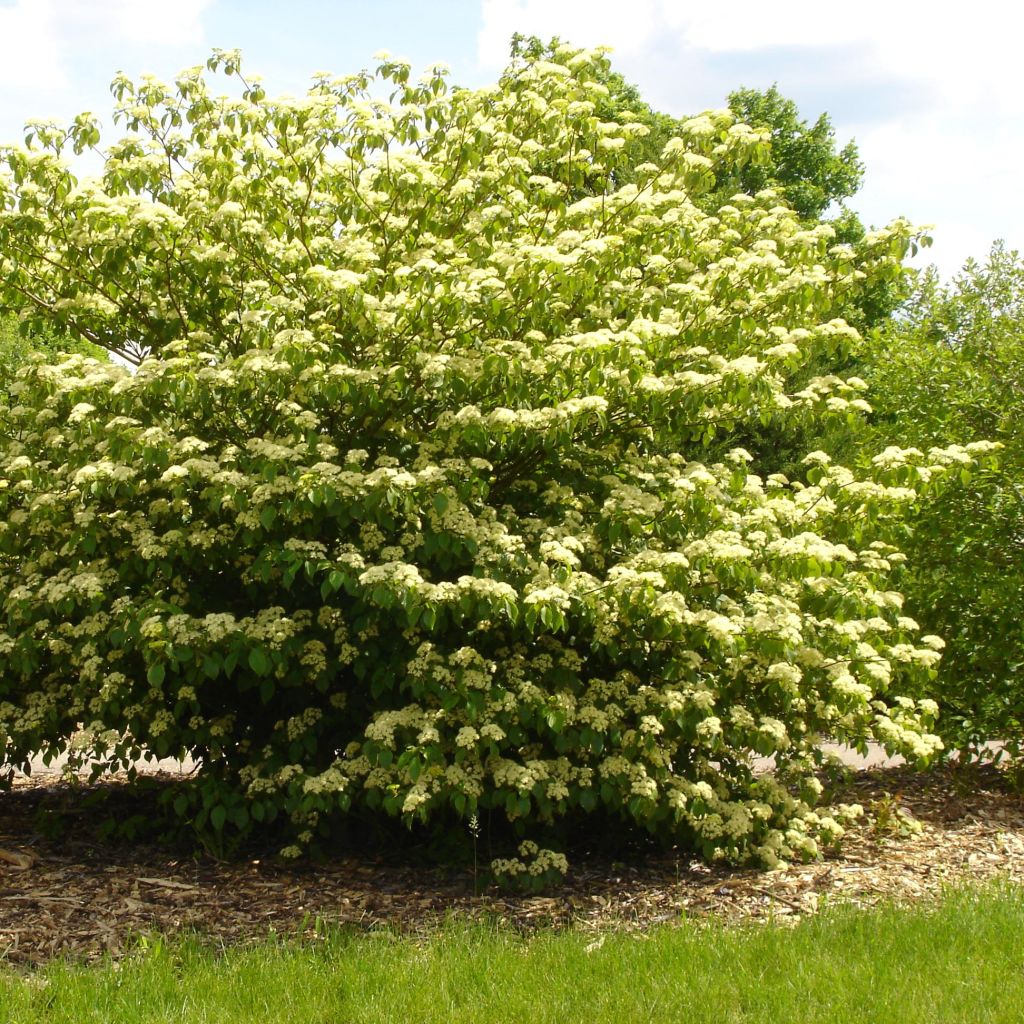

Cornus alternifolia - Pagoda Dogwood
Cornus alternifolia - Pagoda Dogwood
Cornus alternifolia
Pagoda Dogwood
Je suis déçu. Je pensais être un bon client! Trois bushes commandés en 2020 n'ont pas repris et sont morts tout de suite à la plantation un Malus et deux Prunus. C'est la raison pour
Claude T., 29/09/2020
Special offer!
Receive a €20 voucher for any order over €90 (excluding delivery costs, credit notes, and plastic-free options)!
1- Add your favorite plants to your cart.
2- Once you have reached €90, confirm your order (you can even choose the delivery date!).
3- As soon as your order is shipped, you will receive an email containing your voucher code, valid for 3 months (90 days).
Your voucher is unique and can only be used once, for any order with a minimum value of €20, excluding delivery costs.
Can be combined with other current offers, non-divisible and non-refundable.
Why not try an alternative variety in stock?
View all →This plant carries a 24 months recovery warranty
More information
We guarantee the quality of our plants for a full growing cycle, and will replace at our expense any plant that fails to recover under normal climatic and planting conditions.
Would this plant suit my garden?
Set up your Plantfit profile →
Description
Cornus alternifolia, also known as alternate-leaved dogwood, forms a bush with naturally interesting habit, with its layered and horizontal branches and its flattened crown which give it an attractive texture in the garden. It bears abundant and well-furnished foliage, of a rather dark green colour with a shiny finish, which sometimes takes on beautiful autumn colours depending on the soil. Its discreet spring flowering is fragrant, and the pretty blue-black berries that follow it delight birds until late in the season. This deciduous bush has its rightful place in a garden that makes room for nature, but also in slightly wooded areas. In France, its cultivation is reserved for cool climates that suit it particularly well.
Cornus alternifolia belongs to the Cornaceae family. It is native to the eastern United States and Canada, from western Newfoundland to southern Manitoba and Minnesota, and from the south to the north of Florida and Mississippi. It can be found growing under deciduous trees, as well as on the edge of forests and near swamps, under harsh and contrasting climates that are proof of its robustness. It is hardy to around -30°C (-22 °F). This large bush or small tree with a short trunk can easily reach 5m (16ft 5in) in all directions under favourable conditions. Its growth is quite slow. With few branches, it develops a layered branching that gives it a 'pagoda' appearance. It also produces horizontal branches at its top, with ends that seem turned up. The bark and branches are green to purplish in colour. The deciduous foliage is composed of large, entire leaves arranged alternately, clearly veined and undulate, measuring about 10cm (3.9in) in length. Its flowering is not its main asset, rather discreet, in the form of small white-cream star-shaped flowers arranged in 10 to 15cm (3.9 to 5.9in) diameter clusters. But they are fragrant and honey-producing, highly sought after by pollinating insects. It is followed by fruiting with blue-black berries on red stems, containing oily seeds. These fruits take on a purplish hue when ripe and are highly appreciated by songbirds.
Whatever the size and style of the garden, there will always be a dogwood to provide a beautiful decoration. The alternate-leaved dogwood is not spectacular, but it displays a truly architectural habit that deserves to be isolated from other shrubs. It will compose beautiful autumn beds, in a mixed hedge with witch hazels or Japanese maples in acidic soil, or on the edge of woodland in the company of Hydrangea quercifolia or winged Euonymus in more neutral soil. All these shrubs are perfect for creating a transition with the countryside. Its association with Helianthus, Heliopsis or daylilies will create a very colourful scene. As it is a shrub that thrives by the water's edge, it can be planted, along with Cornus stolonifera 'Faviramea' with yellow bark, behind a foreground of Astilbes, not far from a pond.
Cornus alternifolia - Pagoda Dogwood in pictures
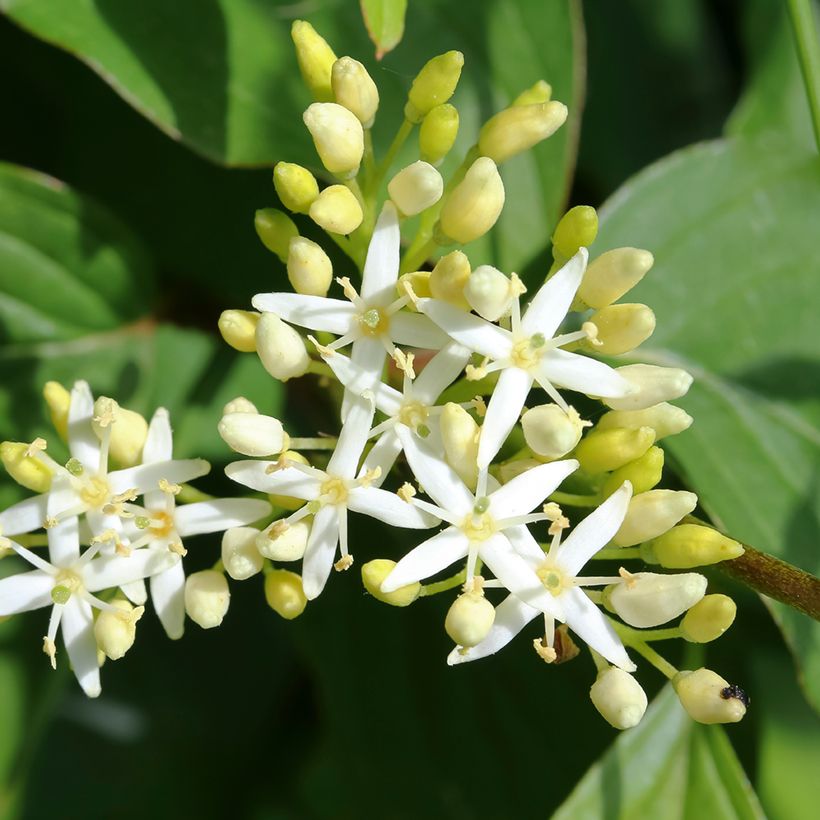

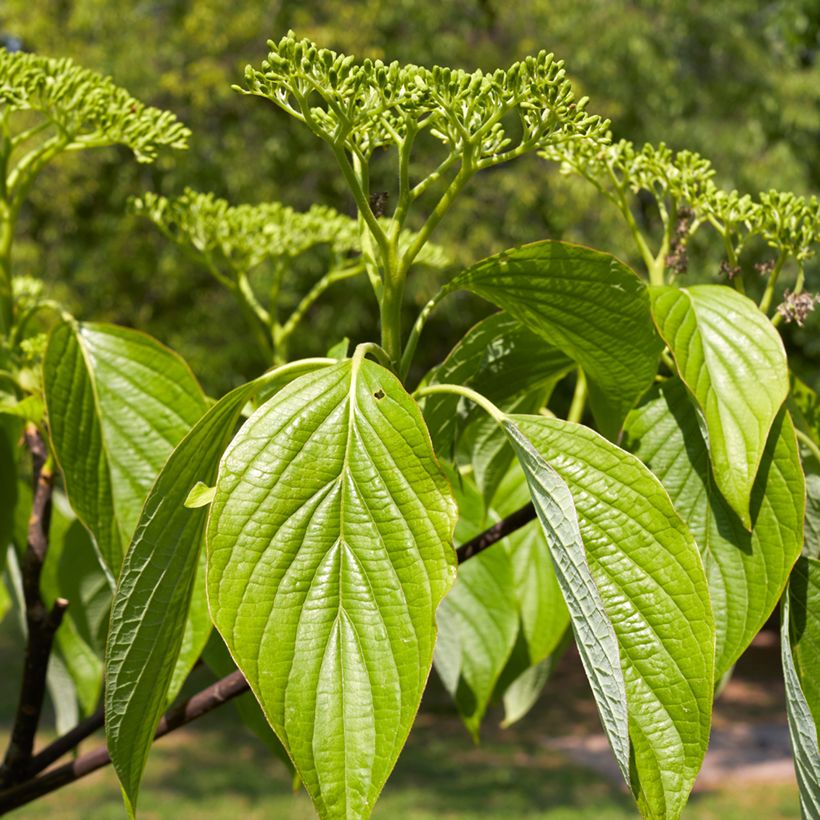

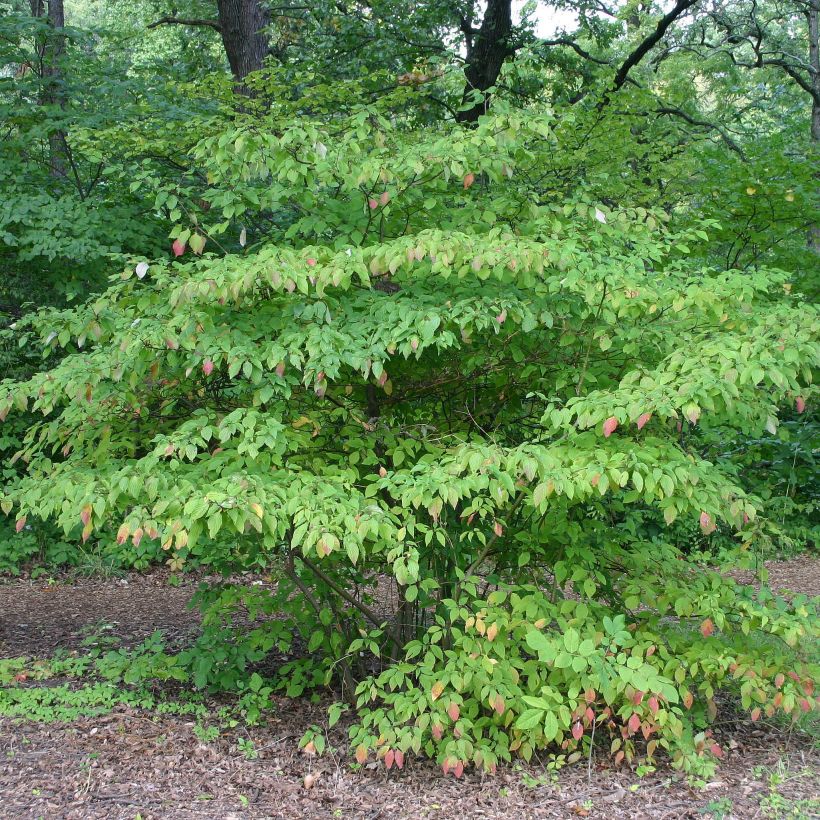

Plant habit
Flowering
Foliage
Botanical data
Cornus
alternifolia
Cornaceae
Pagoda Dogwood
North America
Other Cornus
View all →Planting and care
Planting period
Intended location
Care
Planting & care advice
-
, onOrder confirmed
Reply from on Promesse de fleurs
Similar products
Haven't found what you were looking for?
Hardiness is the lowest winter temperature a plant can endure without suffering serious damage or even dying. However, hardiness is affected by location (a sheltered area, such as a patio), protection (winter cover) and soil type (hardiness is improved by well-drained soil).

Photo Sharing Terms & Conditions
In order to encourage gardeners to interact and share their experiences, Promesse de fleurs offers various media enabling content to be uploaded onto its Site - in particular via the ‘Photo sharing’ module.
The User agrees to refrain from:
- Posting any content that is illegal, prejudicial, insulting, racist, inciteful to hatred, revisionist, contrary to public decency, that infringes on privacy or on the privacy rights of third parties, in particular the publicity rights of persons and goods, intellectual property rights, or the right to privacy.
- Submitting content on behalf of a third party;
- Impersonate the identity of a third party and/or publish any personal information about a third party;
In general, the User undertakes to refrain from any unethical behaviour.
All Content (in particular text, comments, files, images, photos, videos, creative works, etc.), which may be subject to property or intellectual property rights, image or other private rights, shall remain the property of the User, subject to the limited rights granted by the terms of the licence granted by Promesse de fleurs as stated below. Users are at liberty to publish or not to publish such Content on the Site, notably via the ‘Photo Sharing’ facility, and accept that this Content shall be made public and freely accessible, notably on the Internet.
Users further acknowledge, undertake to have ,and guarantee that they hold all necessary rights and permissions to publish such material on the Site, in particular with regard to the legislation in force pertaining to any privacy, property, intellectual property, image, or contractual rights, or rights of any other nature. By publishing such Content on the Site, Users acknowledge accepting full liability as publishers of the Content within the meaning of the law, and grant Promesse de fleurs, free of charge, an inclusive, worldwide licence for the said Content for the entire duration of its publication, including all reproduction, representation, up/downloading, displaying, performing, transmission, and storage rights.
Users also grant permission for their name to be linked to the Content and accept that this link may not always be made available.
By engaging in posting material, Users consent to their Content becoming automatically accessible on the Internet, in particular on other sites and/or blogs and/or web pages of the Promesse de fleurs site, including in particular social pages and the Promesse de fleurs catalogue.
Users may secure the removal of entrusted content free of charge by issuing a simple request via our contact form.
The flowering period indicated on our website applies to countries and regions located in USDA zone 8 (France, the United Kingdom, Ireland, the Netherlands, etc.)
It will vary according to where you live:
- In zones 9 to 10 (Italy, Spain, Greece, etc.), flowering will occur about 2 to 4 weeks earlier.
- In zones 6 to 7 (Germany, Poland, Slovenia, and lower mountainous regions), flowering will be delayed by 2 to 3 weeks.
- In zone 5 (Central Europe, Scandinavia), blooming will be delayed by 3 to 5 weeks.
In temperate climates, pruning of spring-flowering shrubs (forsythia, spireas, etc.) should be done just after flowering.
Pruning of summer-flowering shrubs (Indian Lilac, Perovskia, etc.) can be done in winter or spring.
In cold regions as well as with frost-sensitive plants, avoid pruning too early when severe frosts may still occur.
The planting period indicated on our website applies to countries and regions located in USDA zone 8 (France, United Kingdom, Ireland, Netherlands).
It will vary according to where you live:
- In Mediterranean zones (Marseille, Madrid, Milan, etc.), autumn and winter are the best planting periods.
- In continental zones (Strasbourg, Munich, Vienna, etc.), delay planting by 2 to 3 weeks in spring and bring it forward by 2 to 4 weeks in autumn.
- In mountainous regions (the Alps, Pyrenees, Carpathians, etc.), it is best to plant in late spring (May-June) or late summer (August-September).
The harvesting period indicated on our website applies to countries and regions in USDA zone 8 (France, England, Ireland, the Netherlands).
In colder areas (Scandinavia, Poland, Austria...) fruit and vegetable harvests are likely to be delayed by 3-4 weeks.
In warmer areas (Italy, Spain, Greece, etc.), harvesting will probably take place earlier, depending on weather conditions.
The sowing periods indicated on our website apply to countries and regions within USDA Zone 8 (France, UK, Ireland, Netherlands).
In colder areas (Scandinavia, Poland, Austria...), delay any outdoor sowing by 3-4 weeks, or sow under glass.
In warmer climes (Italy, Spain, Greece, etc.), bring outdoor sowing forward by a few weeks.






























